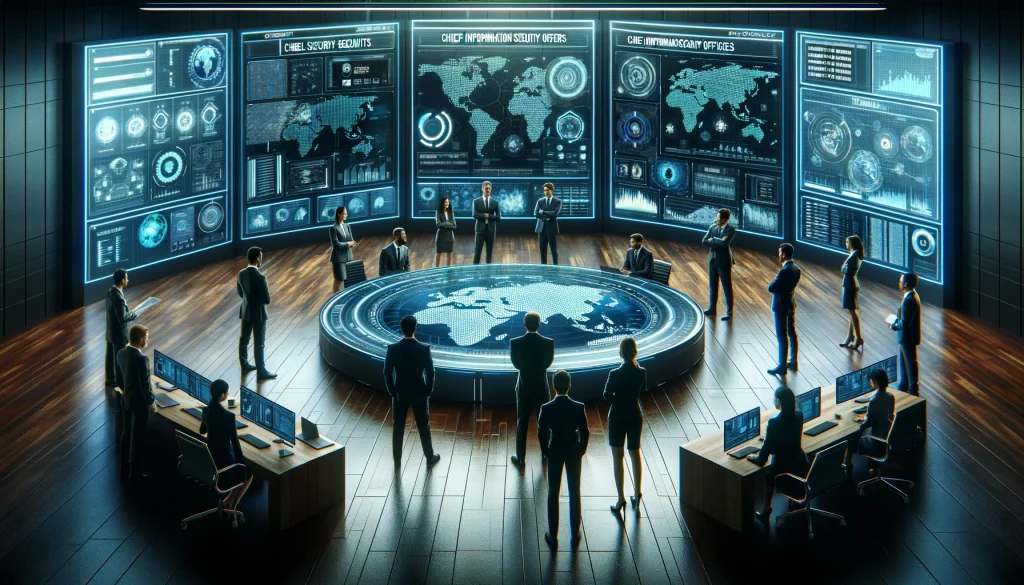
- The evolution of the Chief Information Security Officer (CISO) role from its nascent stages in the 1980s to its current state reflects the dramatic changes in the digital and cybersecurity landscapes.
- Over the decades, CISOs’ responsibilities have expanded significantly, encompassing not just the management of cyber threats but also navigating complex relationships with executives and users to ensure comprehensive organizational security.
- Looking to the future, the emergence of generative AI technology presents both challenges and opportunities for CISOs and cybersecurity practices.
The evolution of the Chief Information Security Officer (CISO) role from its nascent stages in the 1980s to its current state reflects the dramatic changes in the digital and cybersecurity landscapes. Initially, as the internet and technology use in business was burgeoning, there was scant consideration for security or privacy, with systems built for openness to facilitate adoption. However, as connectivity improved and the internet became mainstream, the rise of cybercriminals exploiting technological vulnerabilities necessitated a paradigm shift. The appointment of the world’s first CISO, Steve Katz, by Citibank in 1995 marked a pivotal moment in acknowledging the necessity of dedicated roles for cybersecurity within organizations.
Over the decades, CISOs’ responsibilities have expanded significantly, encompassing not just the management of cyber threats but also navigating complex relationships with executives and users to ensure comprehensive organizational security. Today, CISOs grapple with challenges such as securing executive buy-in for adequate cybersecurity investments and balancing user convenience with robust security measures. Despite the increasing recognition of the importance of cybersecurity, CISOs often find themselves in precarious positions, sometimes scapegoated for breaches in organizations that fail to prioritize or sufficiently invest in cybersecurity.
Looking to the future, the emergence of generative AI technology presents both challenges and opportunities for CISOs and cybersecurity practices. Generative AI’s potential to revolutionize cybersecurity defense mechanisms and the tactics of cybercriminals alike means that CISOs must stay abreast of technological advancements and lead the integration of AI into cybersecurity strategies. The effective deployment of generative AI in security operations could enhance the detection and prevention of threats, enabling security teams to focus on more complex issues. As cybersecurity increasingly becomes recognized as a business-wide responsibility, the role of the CISO is pivotal in guiding organizations through the evolving threat landscape, advocating for the integration of cybersecurity considerations into all facets of business operations.


Leave a Reply
You must be logged in to post a comment.